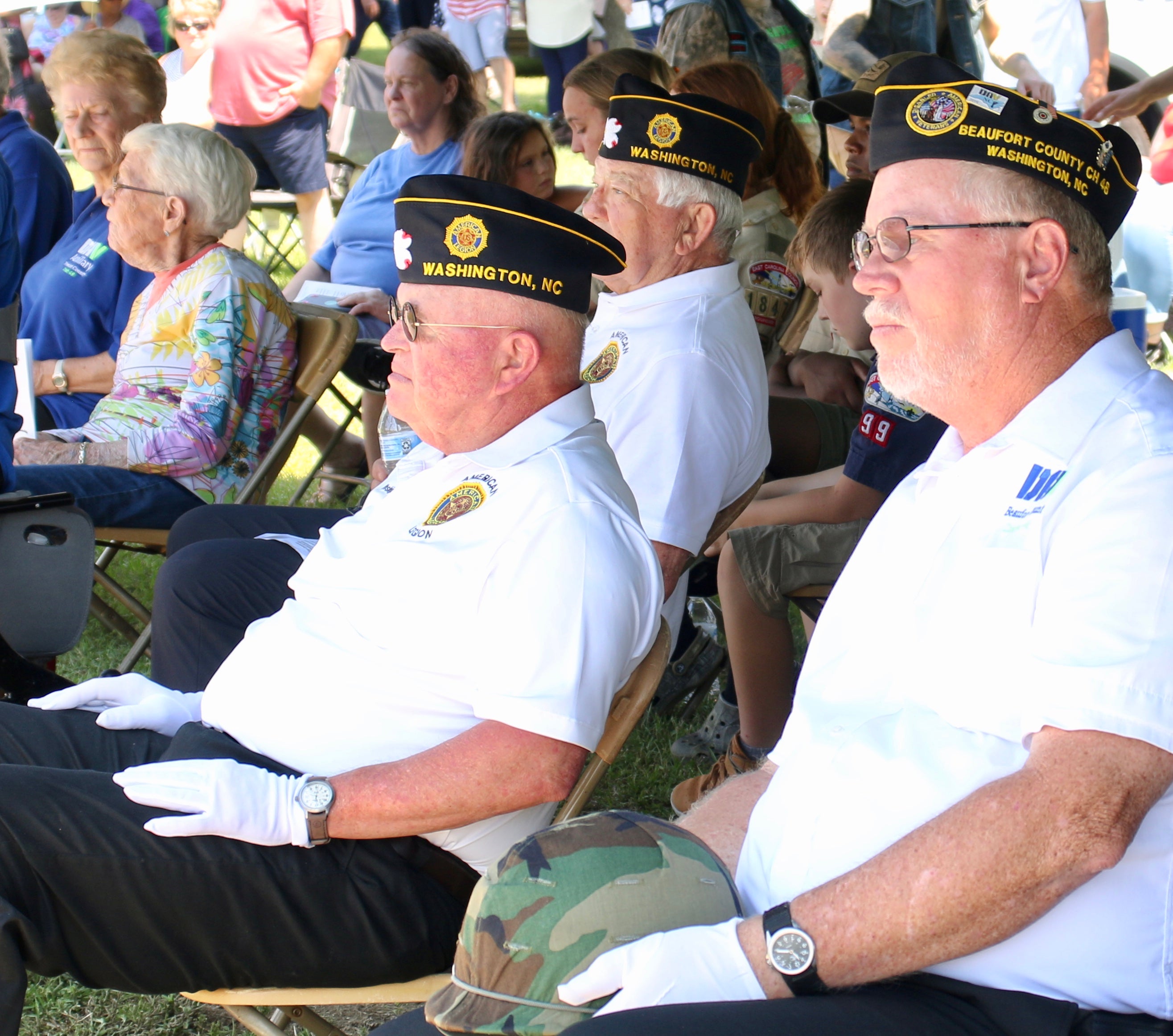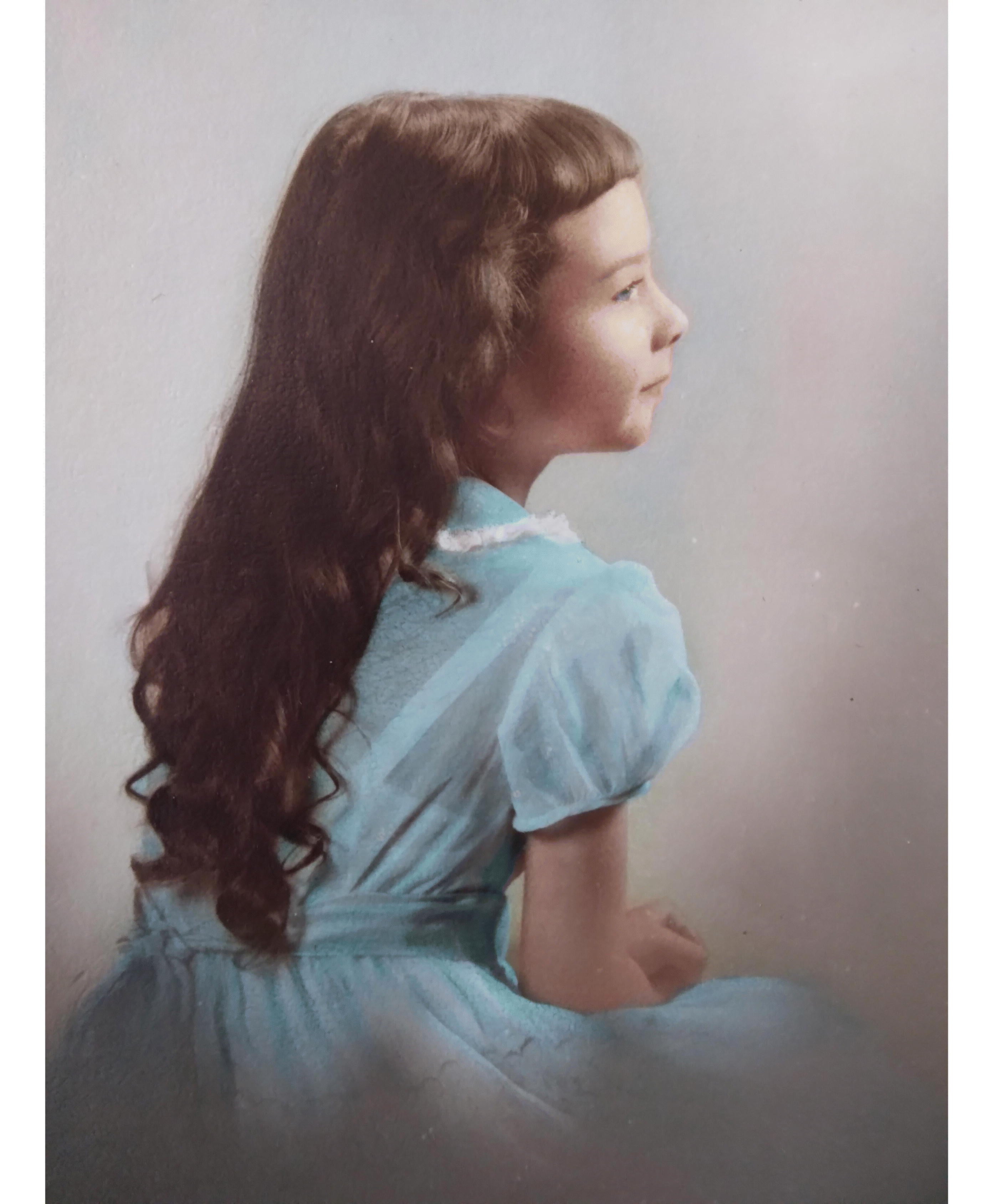Mixed smoke signals from North Carolina
Published 1:43 pm Friday, August 1, 2008
By Staff
Public-health advocates are justifiably celebrating news that all 115 school systems in North Carolina will be tobacco-free today. No tobacco products will be allowed anywhere on school grounds at any time.
It is an important step forward to protect public health and an achievement even more impressive when you consider North Carolina’s long tobacco history and the political power still wielded by major cigarette companies.
Anti-smoking groups have been working for six years on the tobacco-free schools campaign, but it started long before that. The late Ruth Easterling, a longtime member of the North Carolina House, introduced legislation in 1987 to ban tobacco products from school campuses.
The proposal marked the beginning of legislative advocacy efforts in North Carolina by the American Lung Association, the American Cancer Society and the American Heart Association, all of the coming together in support of then-Surgeon General C. Everett Koop’s call for a smoke-free society by the year 2000.
The tobacco industry defeated Easterling’s plan and similar efforts in following years to ban smoking on school campuses statewide, so eventually advocates began to work one district at a time.
North Carolina is nowhere close to smoke-free yet, but smoking rates have declined; all hospitals now ban tobacco, and the General Assembly has voted to make most public buildings smoke-free, including the Legislative Building. Just a few years ago, lawmakers could smoke freely on the House floor, but they had to ask for special permission to eat a sandwich.
That has changed, and that is part of the good news. But the tobacco industry influence is still strong in the legislative halls, thanks to its battalion of well-connected lobbyists and campaign contributions from its executives.
The recent legislative session proved that again, as the industry convinced lawmakers to reject legislation by Rep. Hugh Holliman to make restaurants and workplaces smoke-free, a proposal that is overdue. A 1986 report from the surgeon general concluded that secondhand smoke causes lung cancer in adults and respiratory problems in kids and that simply establishing a no-smoking section doesn’t eliminate the risk.
The American Lung Association says more than 5,000 people die each year from exposure to secondhand smoke and 440,000 people die from tobacco-related illnesses.
Last year the current surgeon general said plainly that evidence shows that no exposure to secondhand smoke is safe. Holliman’s smoking ban would have protected workers and the public from secondhand smoke and made it more likely that people will stop smoking because it would be more inconvenient, inching us closer to Koop’s smoke-free society.
The industry simply couldn’t stand for that. Tobacco companies need people to keep increasing their risk of lung cancer and heart disease. Their profits depend on it. The industry formed a new coalition to claim the ban would hurt tourism and the market fundamentalists rushed to help, trying to turn the debate into a property rights issue.
The industry’s political power and right-wing propaganda worked, so workers and patrons in many restaurants face a health risk every day. And don’t look for local governments to step in. Legislation passed in 1993 at the industry’s request bans cities and counties from passing anti-smoking regulations stricter than the weak statewide standards.
The folks on Right Wing Avenue who always claim to support local control of policy decisions haven’t yet explained why cities shouldn’t be able to ban smoking in their communities. But it is not about consistency or common sense. It is about protecting the tobacco interests at the expense of public health.
Let’s hope those determined advocates who helped make our schools tobacco free now move on to help Holliman and public health groups protect workers across the state too. Lives literally depend on it.



